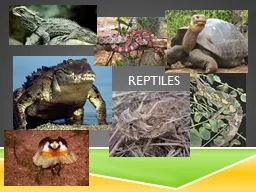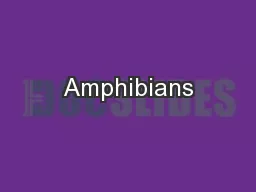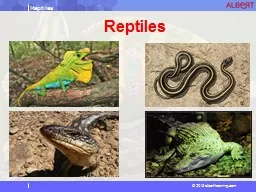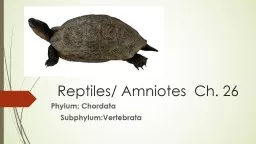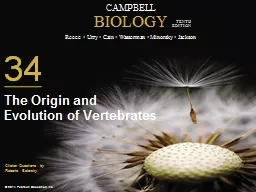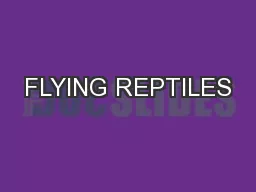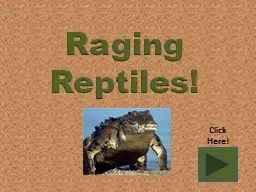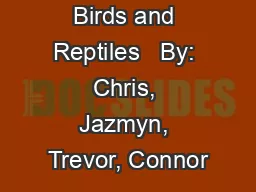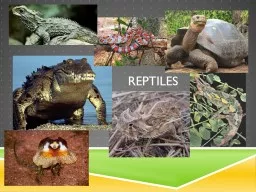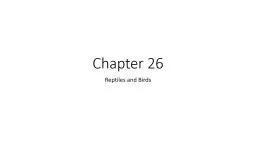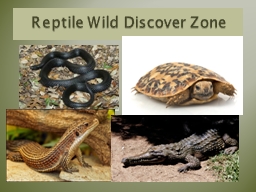PPT-RePtiles Common Characteristics
Author : alida-meadow | Published Date : 2019-02-27
Fully adapted for life on land All Amniotes produce Amniotic Eggs Dry Scaly Skin Ectothermic More Efficient Circulatory and Respiratory Systems Cloaca Except
Presentation Embed Code
Download Presentation
Download Presentation The PPT/PDF document "RePtiles Common Characteristics" is the property of its rightful owner. Permission is granted to download and print the materials on this website for personal, non-commercial use only, and to display it on your personal computer provided you do not modify the materials and that you retain all copyright notices contained in the materials. By downloading content from our website, you accept the terms of this agreement.
RePtiles Common Characteristics: Transcript
Download Rules Of Document
"RePtiles Common Characteristics"The content belongs to its owner. You may download and print it for personal use, without modification, and keep all copyright notices. By downloading, you agree to these terms.
Related Documents

